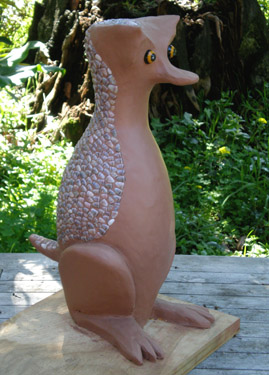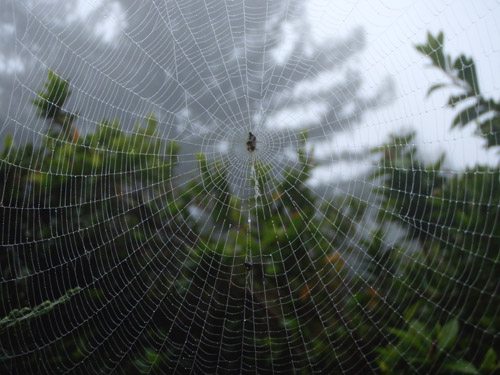
My favorite woods have three letter names- elm, oak, ash and fir. These names have been so repeated over the centuries, they have been polished smooth like river stones- extra syllables or letters are superfluous to their meaning. The trees themselves are thought to have magical origins, with deep roots in the collective consciousness, and their woods are ascribed human attributes. Whether used in the construction of aqueducts, ships, houses or furniture, each has played a vital role in shaping civilization throughout history, their unique characters as diverse and complementary as mythical gods or super heroes.
I spent part of yesterday inspecting logs of elm as I tool up for a production run of the Deep Deck, and found myself transfixed by the patterns of the sun-checked cross grain, wondering about the life of the tree and its ancestors.

Long known for its toughness, durability and resistance to splitting, elm has been used by the ancient Egyptians for wheels and carts, by the Romans to carry water and sewage, by the Danes for bows, and most famously by the English for Windsor seats and yolks for plowing. The painter John Constable depicted the elm in many of his landscapes. In more modern times, the trees have been valued for their generous shade and soaring shapeliness, lining neighborhood streets in small towns across America until the devastation of Dutch Elm Disease. In the New World, the tree became associated with the values of faith and courage, many prominent treaties and speeches having been made under its boughs. Some speculate this to be a reversal of the tree’s more ancient reputation as a place of foreboding, its massive branches prone to falling without apparent cause or warning. Merely standing under an elm was considered a brazen act, connoting trust in a higher power- the kind of blind trust and perseverance that settled the West, the tree following in the wake of American opportunism.














